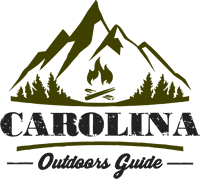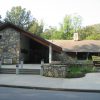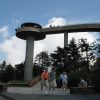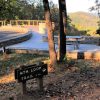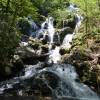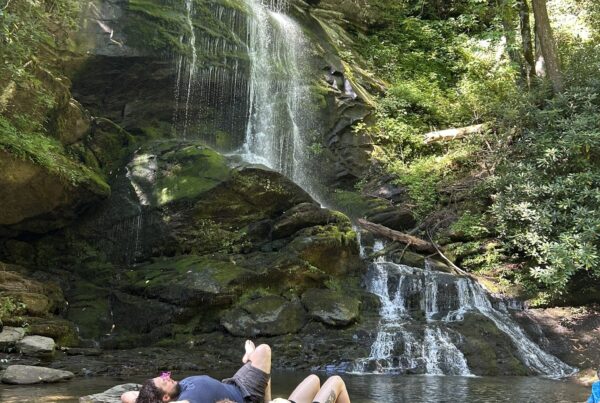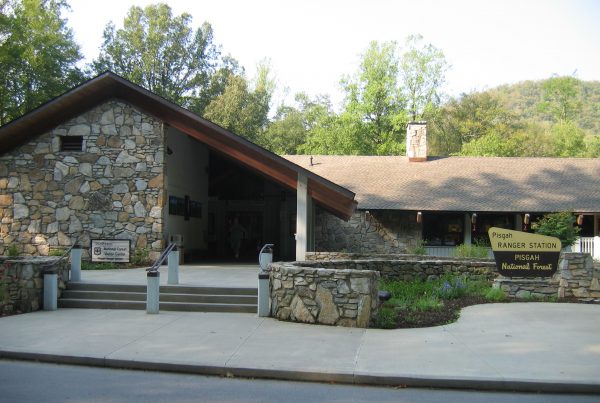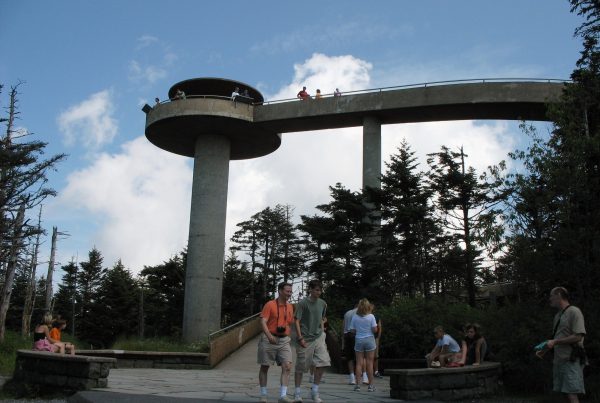Mattamuskeet National Wildlife Refuge – Home – Parks & Forests – Camping – Hiking – Links – Adventures
Back to National Wildlife Refuges
Mattamuskeet National Wildlife Refuge
Lake Mattamuskeet, the largest natural lake in North Carolina at 40,000 surface acres, is the heart of the National Wildlife Refuge bearing its name. It is best known as a prime wintering spot on the Atlantic Flyway for hundreds of thousands of migratory waterfowl, including Canada geese, tundra swan, snow geese, ducks and coots.
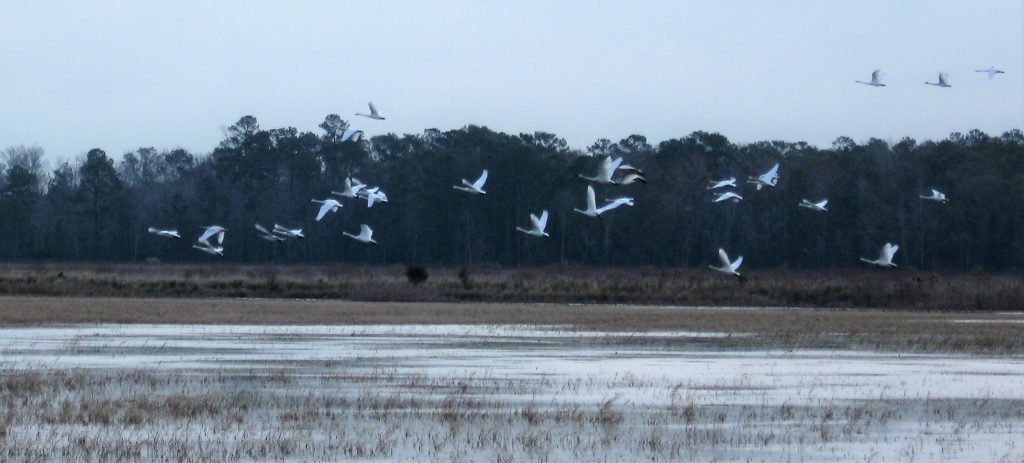
The refuge is also open to fishing and crabbing, and hunting for waterfowl and deer in season.
Swan Days Tram Tour
We visited in December 2011 and joined one of the annual tram tours of wetland impoundments on the lake’s eastern shore near the Lake Landing Canal (see the map below). The ours are a part of Swan Days, an annual festival celebrating the return of the Tundra swans to Lake Mattamuskeet.
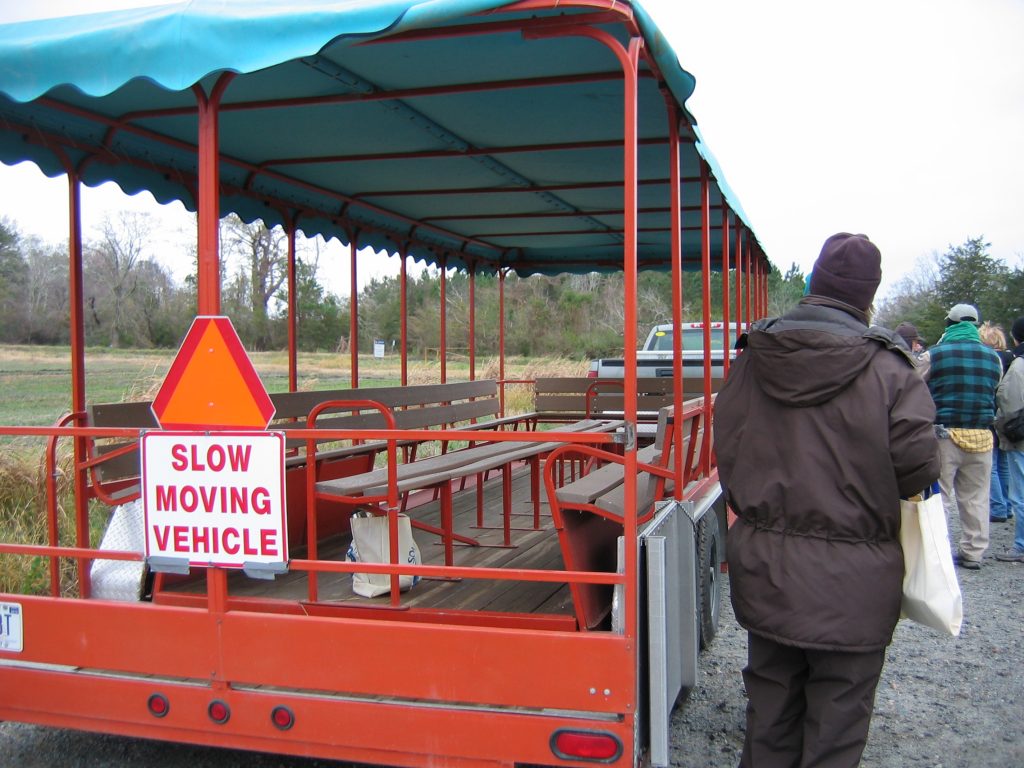
Except for ducks and coots in the canal next to the dikes the tram traveled, the tour mostly provided the opportunity to see birds from afar.
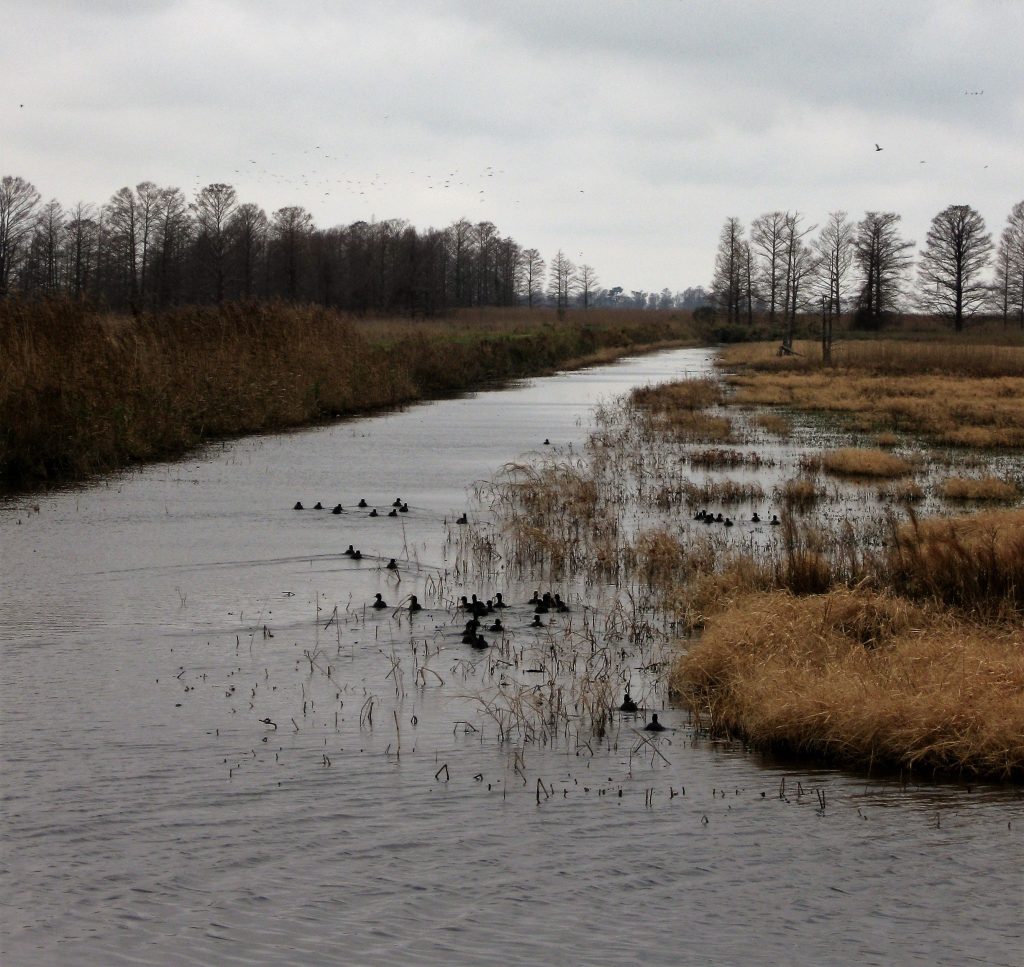
The refuge provided a spotting scope at one stop.
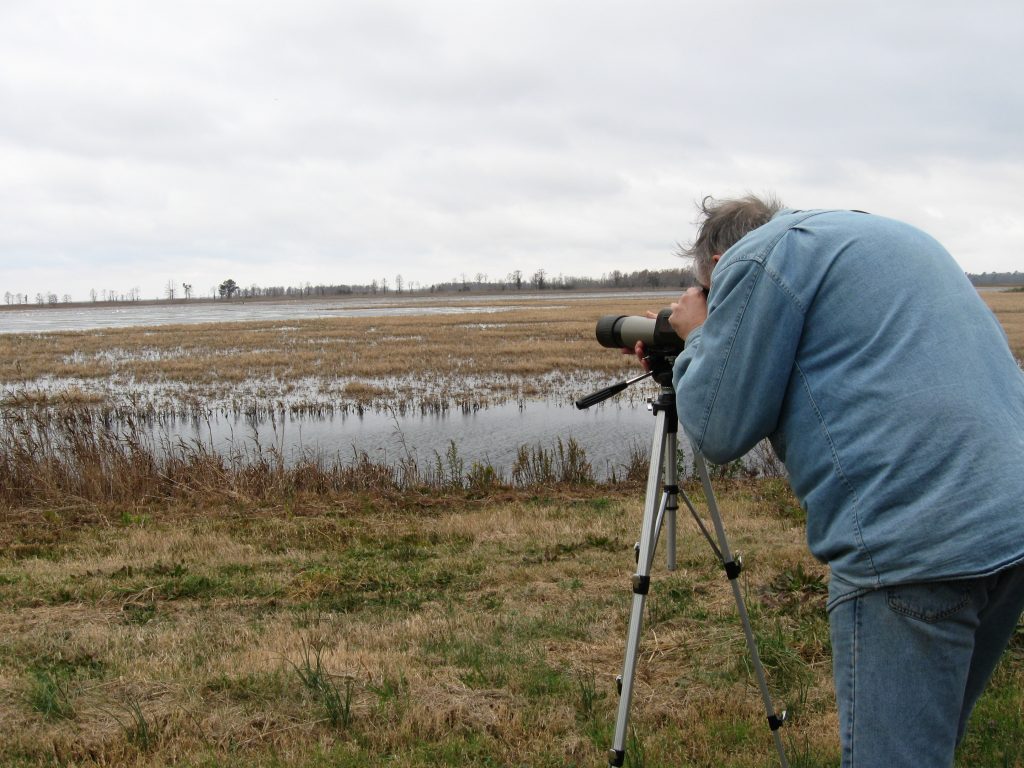
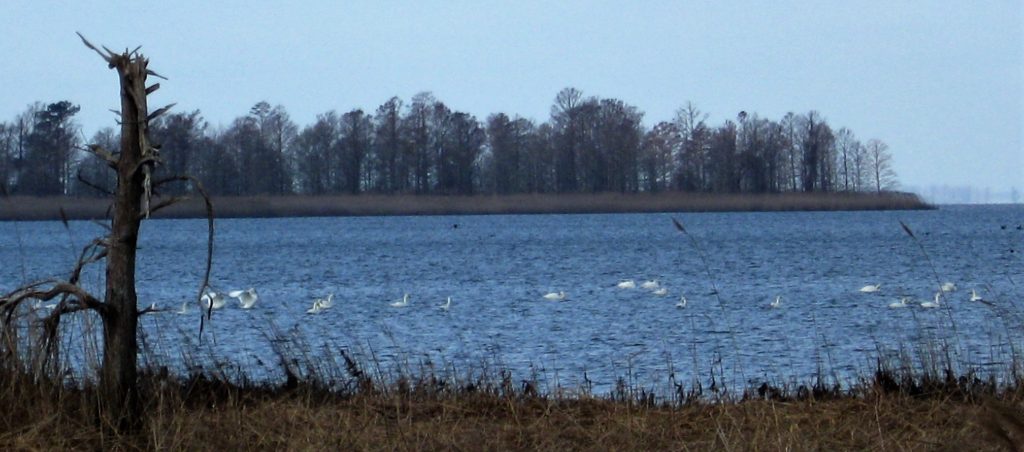
Ibis seen during the tram tour.
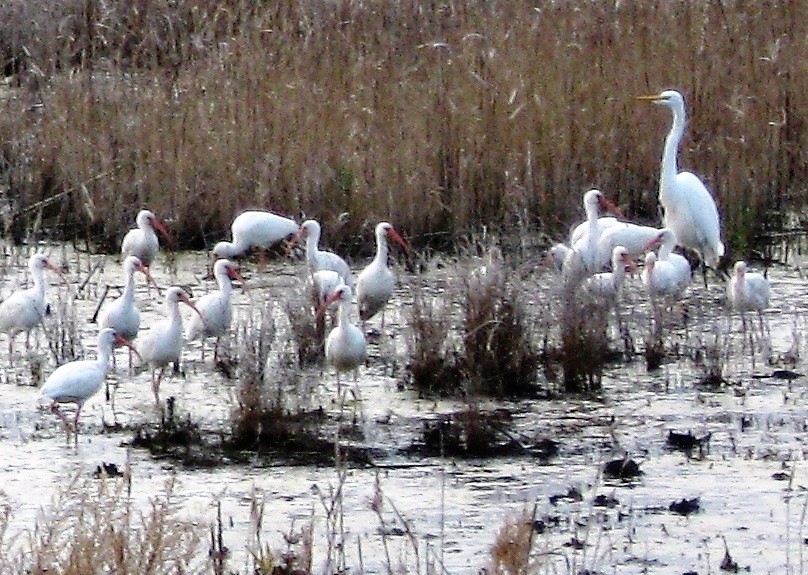
Tundra swan.
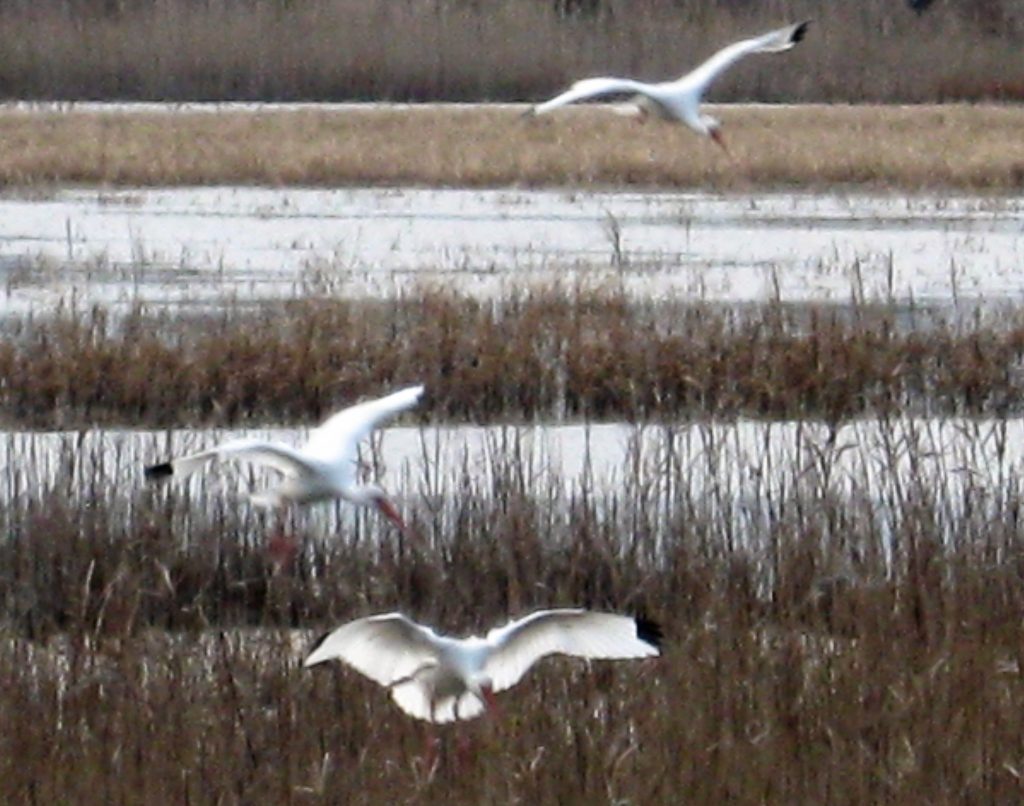
Wendy Stanton, a wildlife biologist from nearby Pocosin Lakes NWR, led the tour with an informative narrative about the refuge and efforts to protect and learn more about the various waterfowl that visit it.
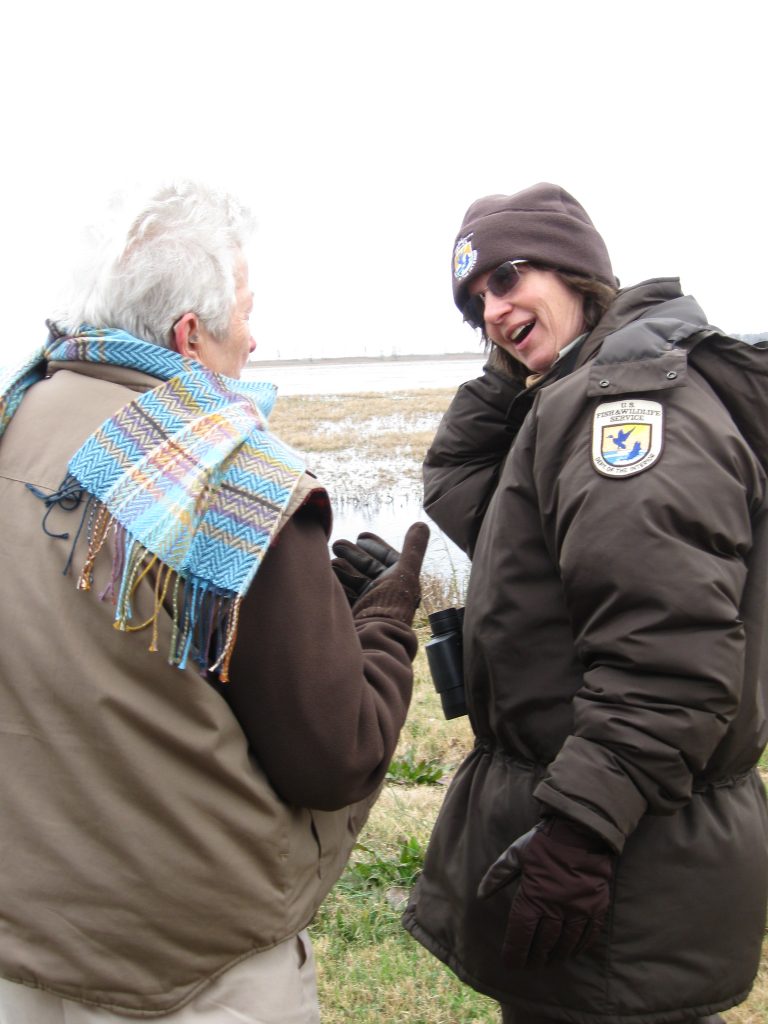
Stanton passed around leg bands, neck bands and, finally, a neckband with a satellite transmitter used to track Tundra swan.
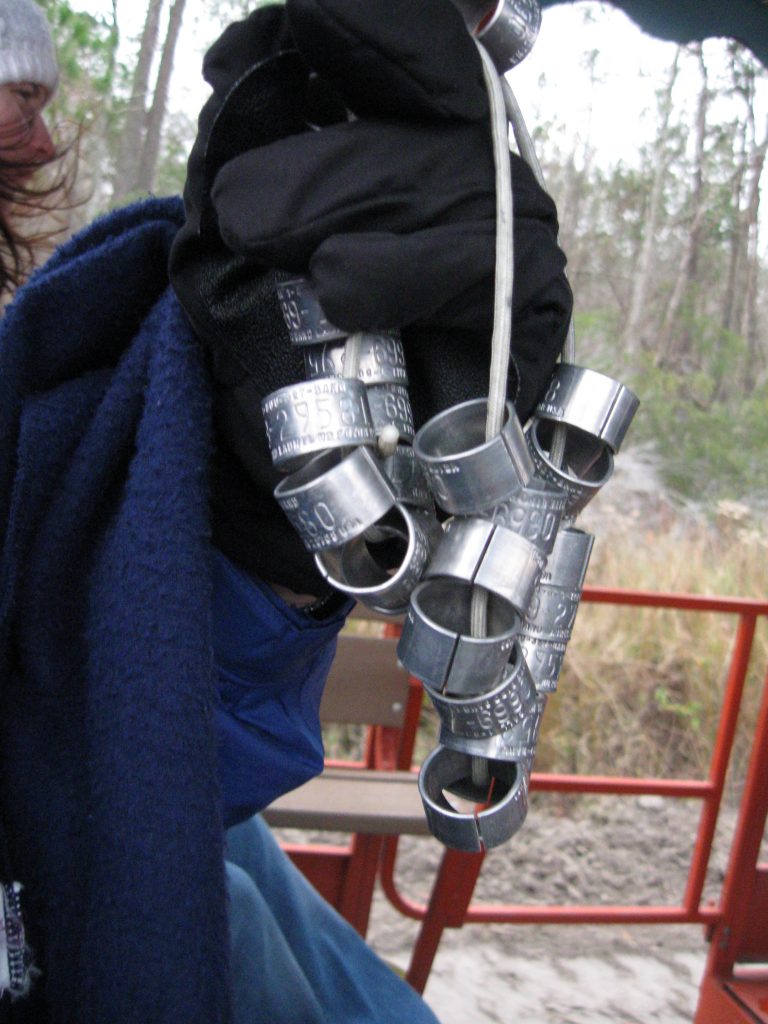
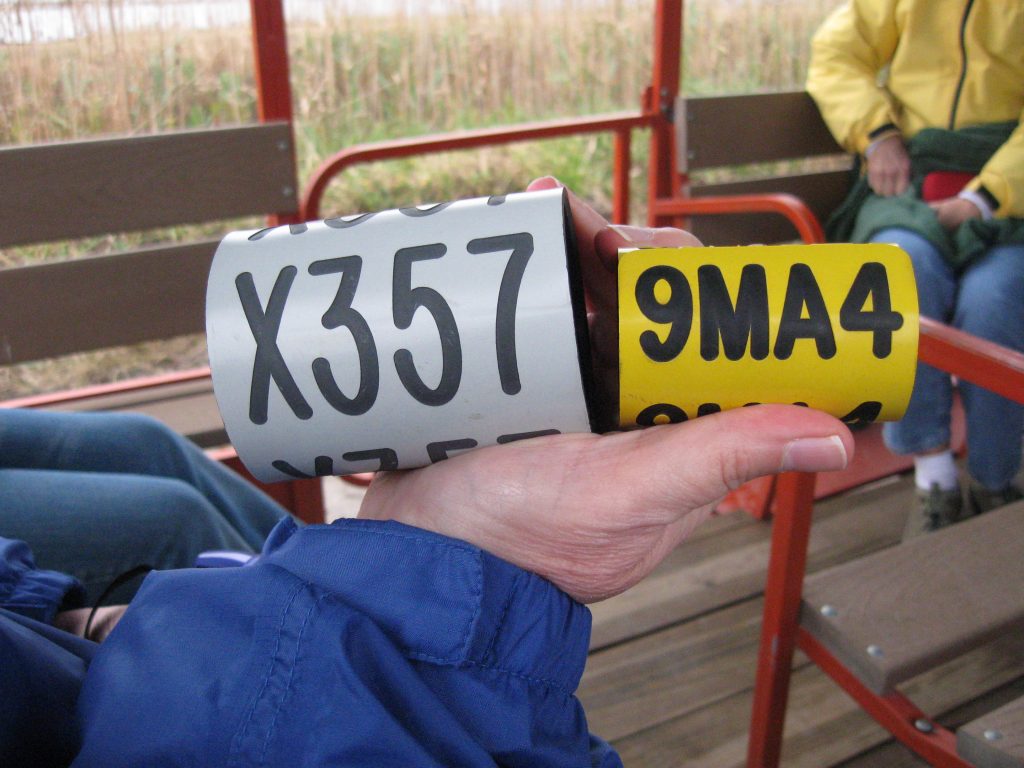
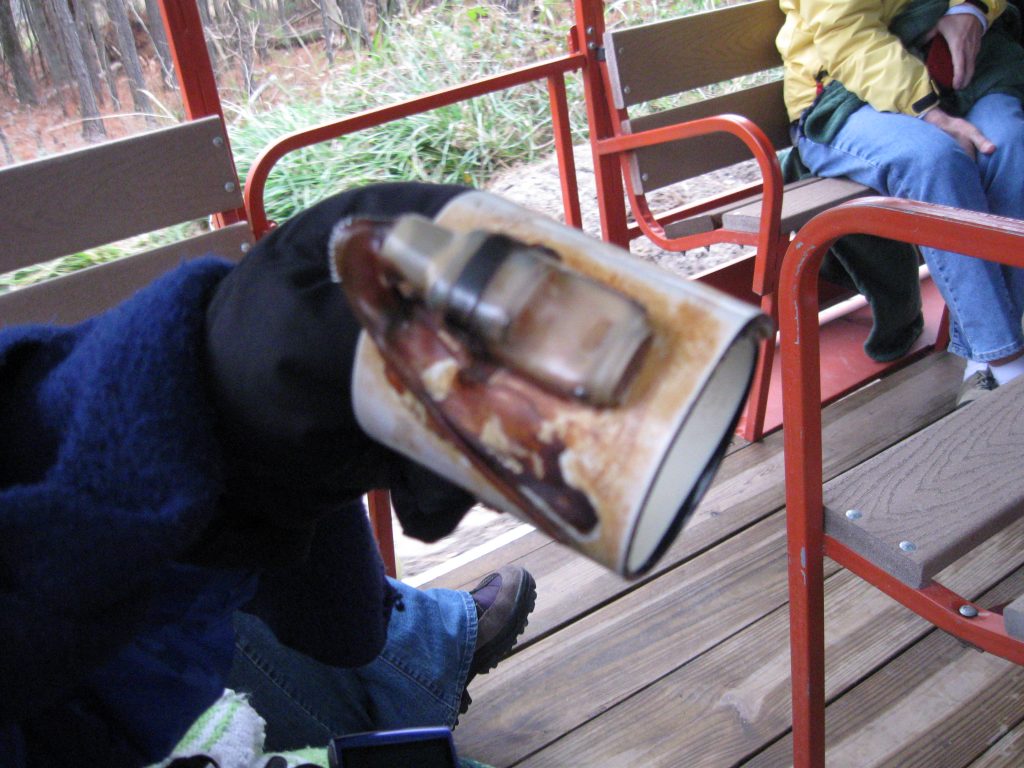
Most of the refuge’s levee system is closed to the public from November through February, but roadsides and observation decks provide several spots for bird watching. The causeway bisecting the lake, which is a part of N.C. 94, has several places to stop.
A gazebo on the causeway, is part of the Charles Kuralt Trail, a series of similar spots on the 11 refuges in North Carolina and at the national fish hatchery in Edenton dedicated to the North Carolina-born journalist’s fondness for out-of-the-way points of interest.
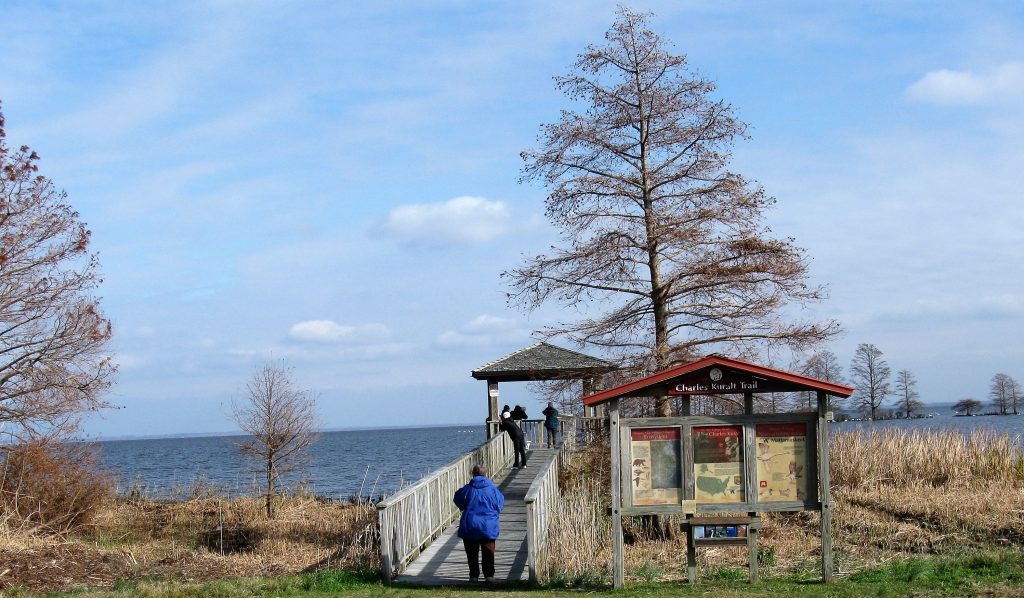
The Kuralt observation deck, which offers a free spotting scope, looks out toward the small stand of cypress below. In addition to waterfowl at the shoreline, several eagles were in the trees when we were there.
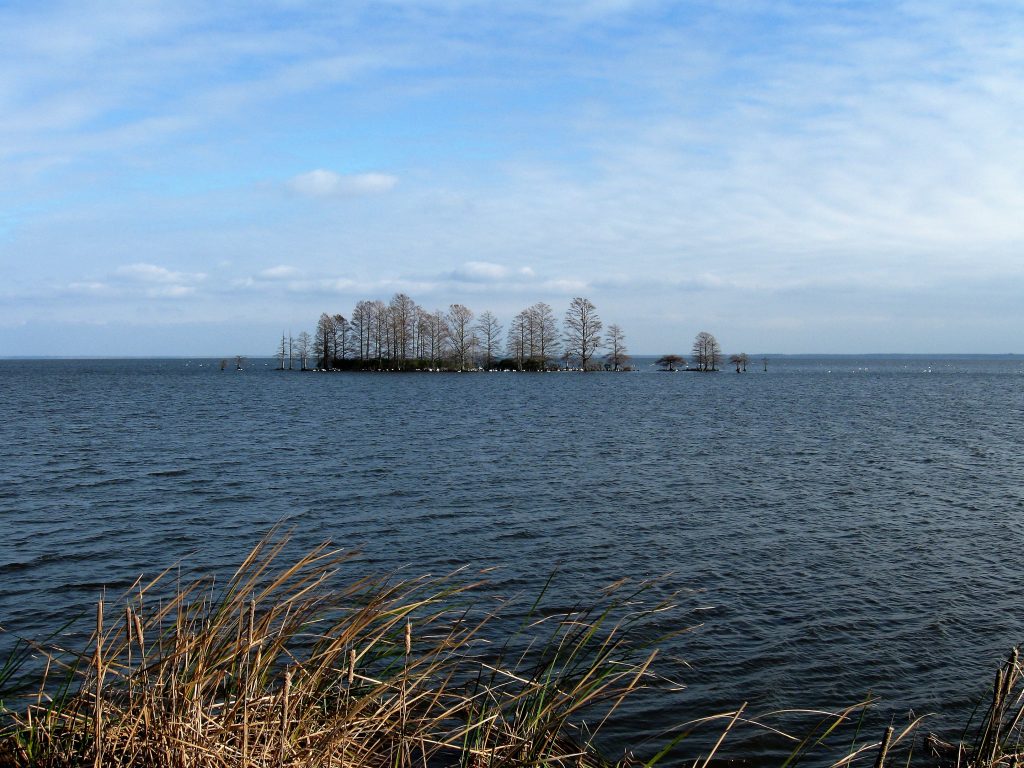
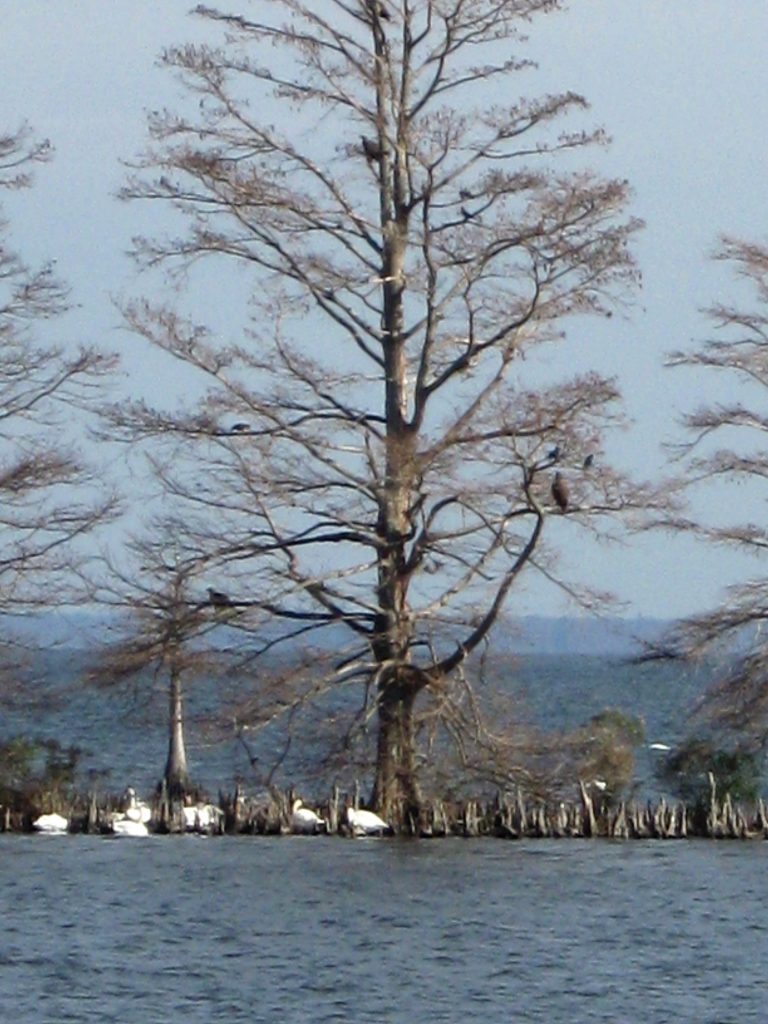
The video and photo below are of birds on the lake west of the causeway across from the refuge’s main entrance. Listen over the sound of the wind and passing cars for the swans honking.
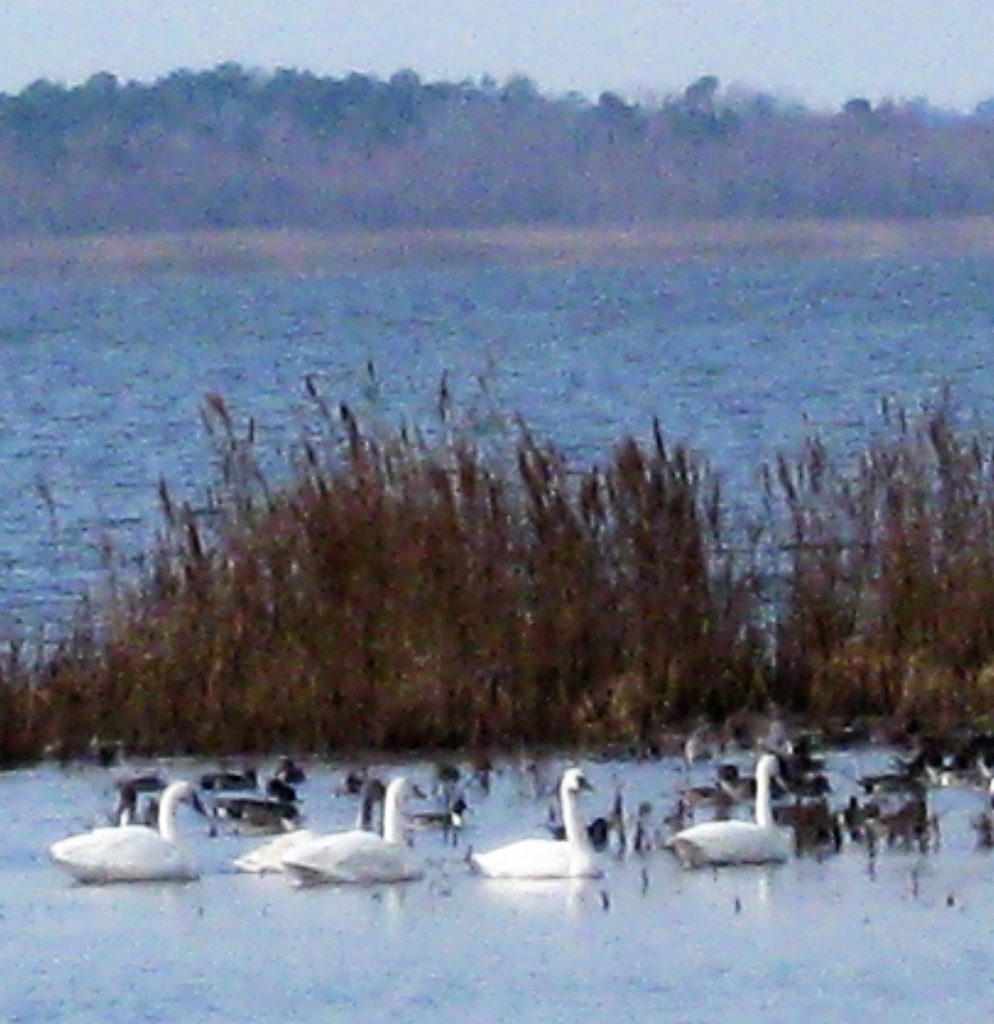
This group of Tundra swan includes two juveniles, identifiable by their gray plumage.
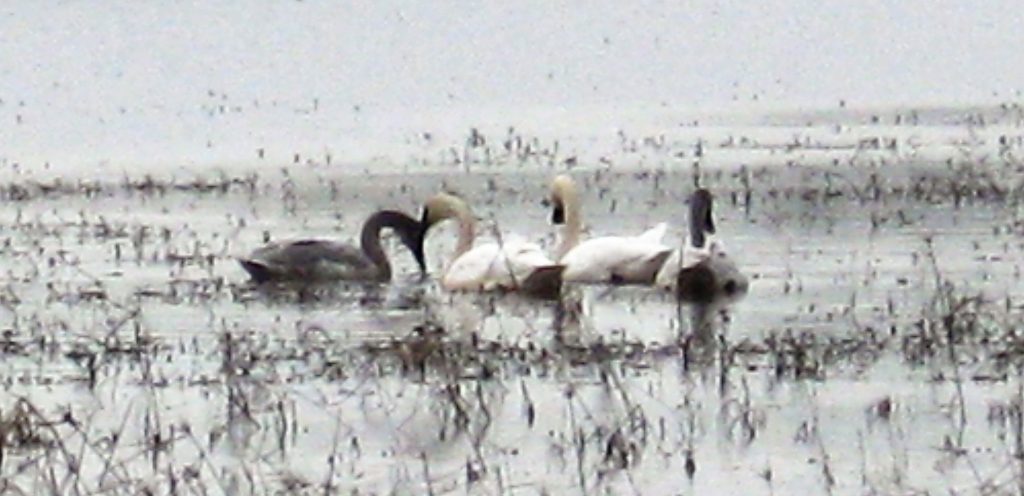
This egret was alone by the side of the road along the West Main Canal near the visitors center.
Mattamuskeet Lodge and New Holland Trail
Lake Mattamuskeet attracts birds because its waters are shallow – ranging from half a foot to 4 feet deep and averaging 1.5 feet deep – and clear, Stanton said. The Fish & Wildlife Service also allows farmers to plant 125 acres of cropland on the refuge, and some corn is left unharvested to feed the birds.
And because it’s so shallow, farmers and developers over the years have had the idea that draining Lake Mattamuskeet would be a good way to obtain some prime real estate. The most concerted effort commenced in 1914 and included building the largest pumping plant in the world, but soon proved impractical.
The plant became a hunting lodge and operated until 1974, but eventually fell into disrepair. It was placed on the National Register of Historic Places in 1980, and was transferred to the state Wildlife Resources Commission in 2006. Plans to renovate it succumbed to the age-old problem of money, and now it sits empty and forlorn behind a locked fence.
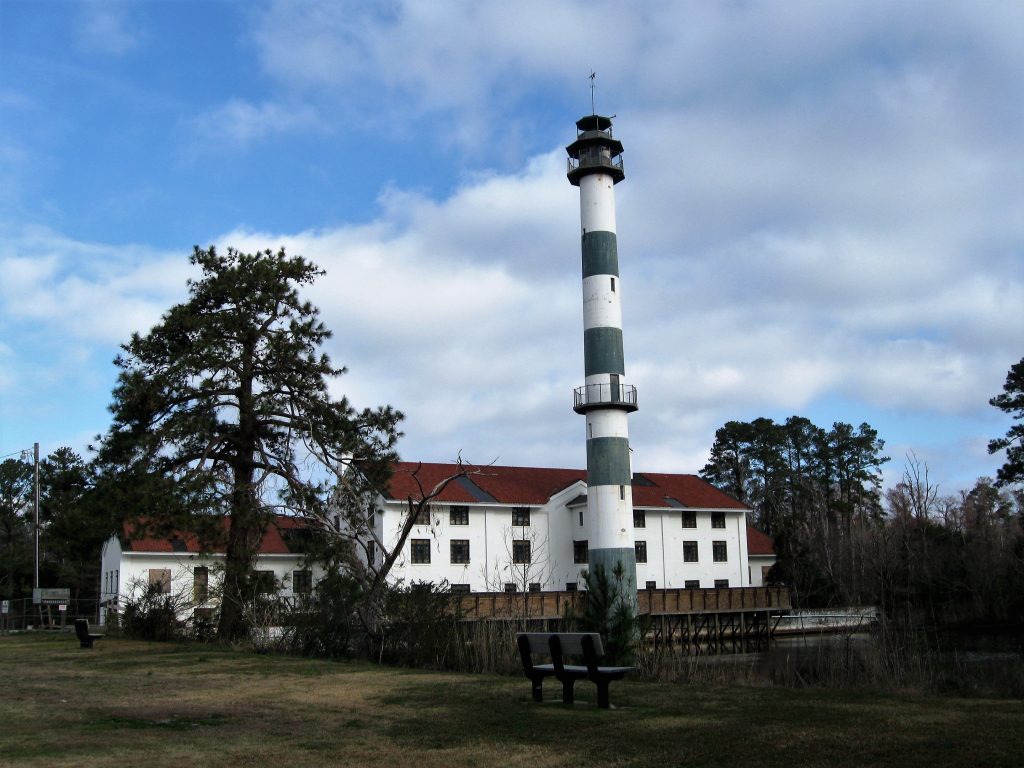
A few yards from the lodge, a small visitor center has a few exhibits, some merchandise for sale and staff offices. Across from it, the quarter-mile New Holland Trail provides a scenic walk through a stand of bald cypress and open marsh.
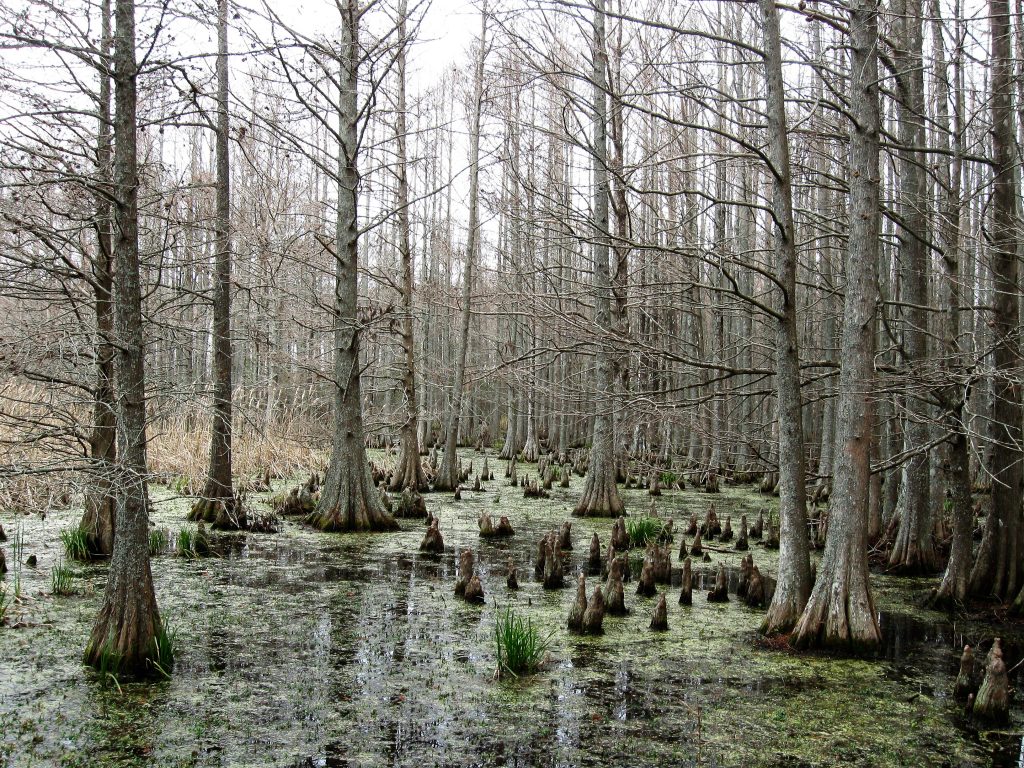
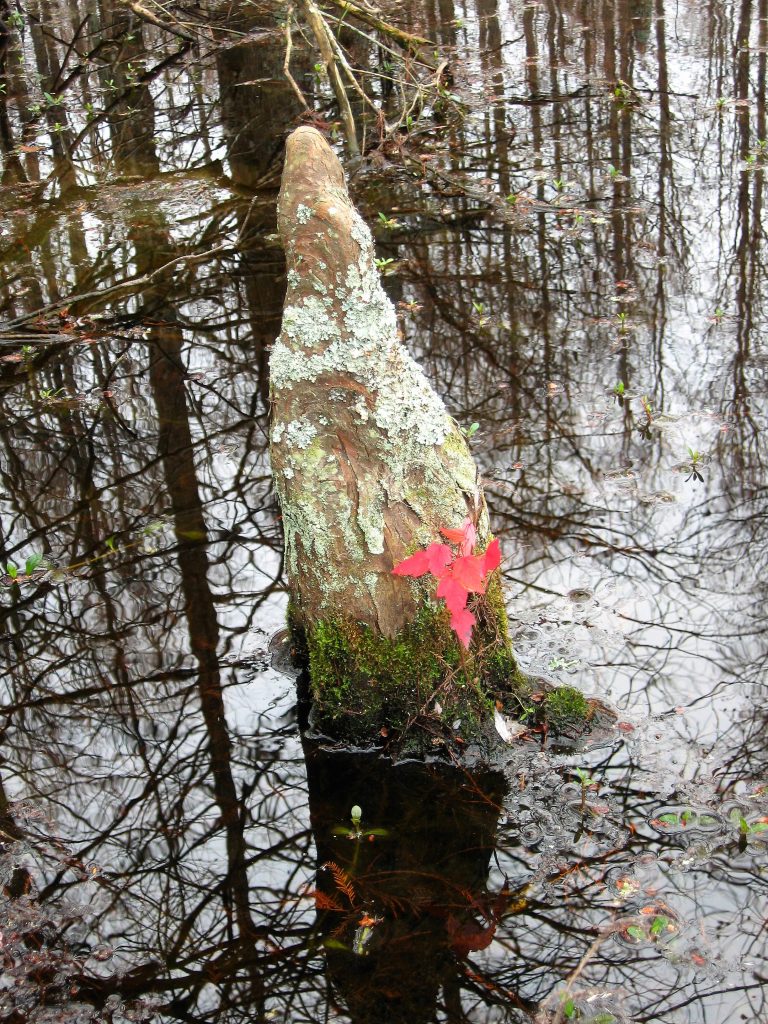
A section of New Holland Trail boardwalk.
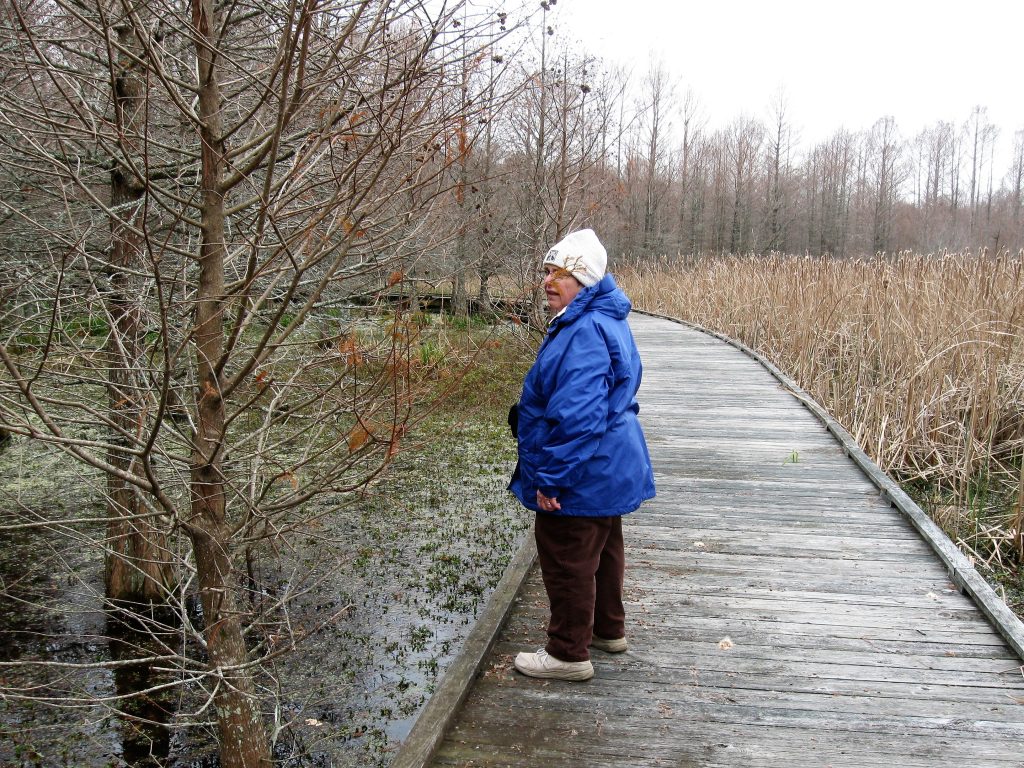
Beyond the New Holland Trail, the dike passes one of lake’s two state-operated boat ramps on the Central Canal, below, and ends another quarter-mile away at a photo blind on the lake shore (second photo below).
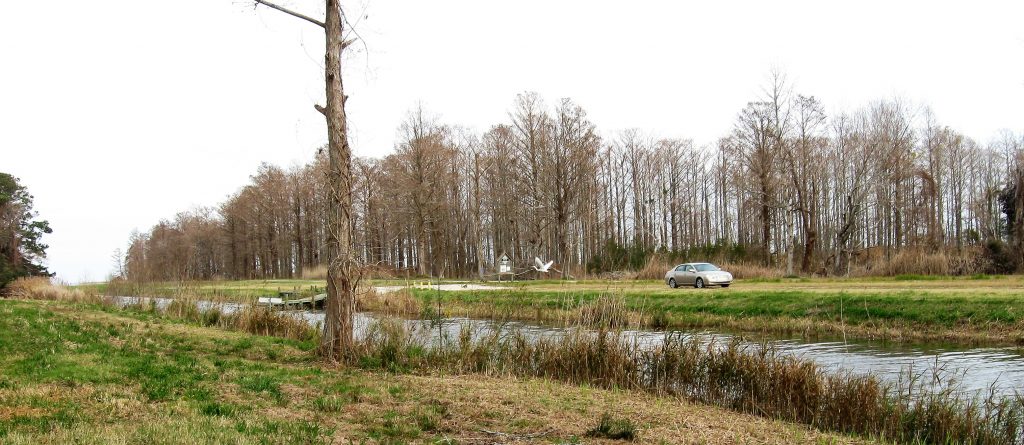
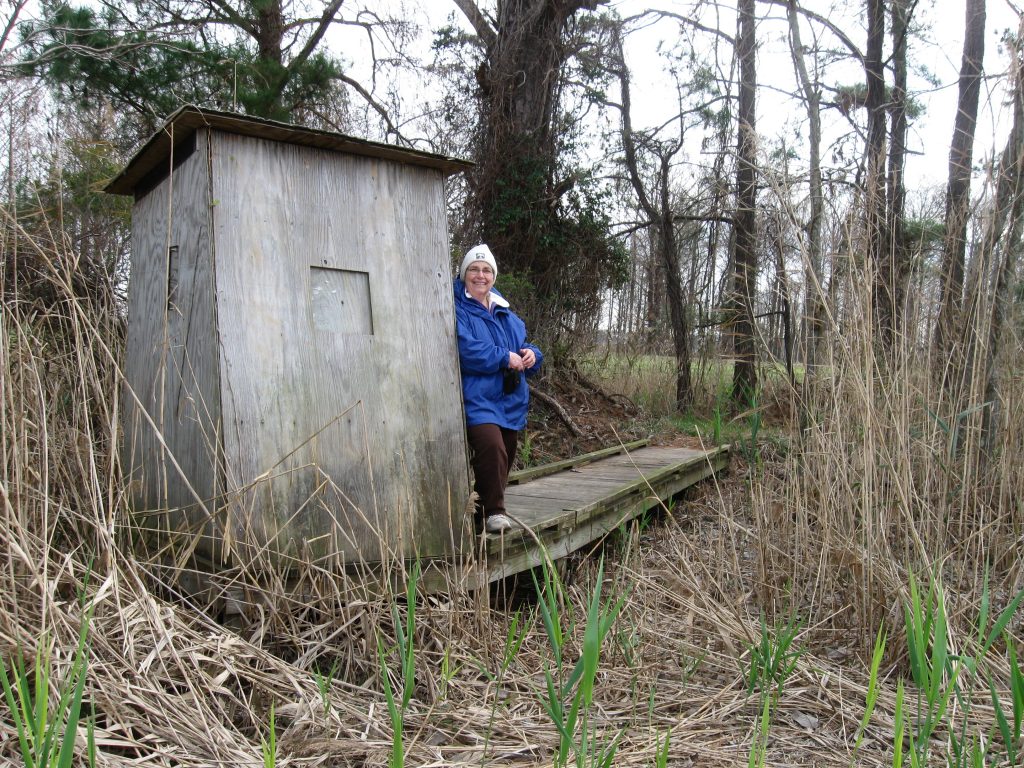
Mattamuskeet National Wildlife Refuge is in Hyde County about 70 miles west of Washington (in Beaufort County) along U.S. 264.
Return to National Wildlife Refuges.
Visit Our Sister Site
Carolina Music Festivals, a calendar and guide to music festivals in North Carolina.
